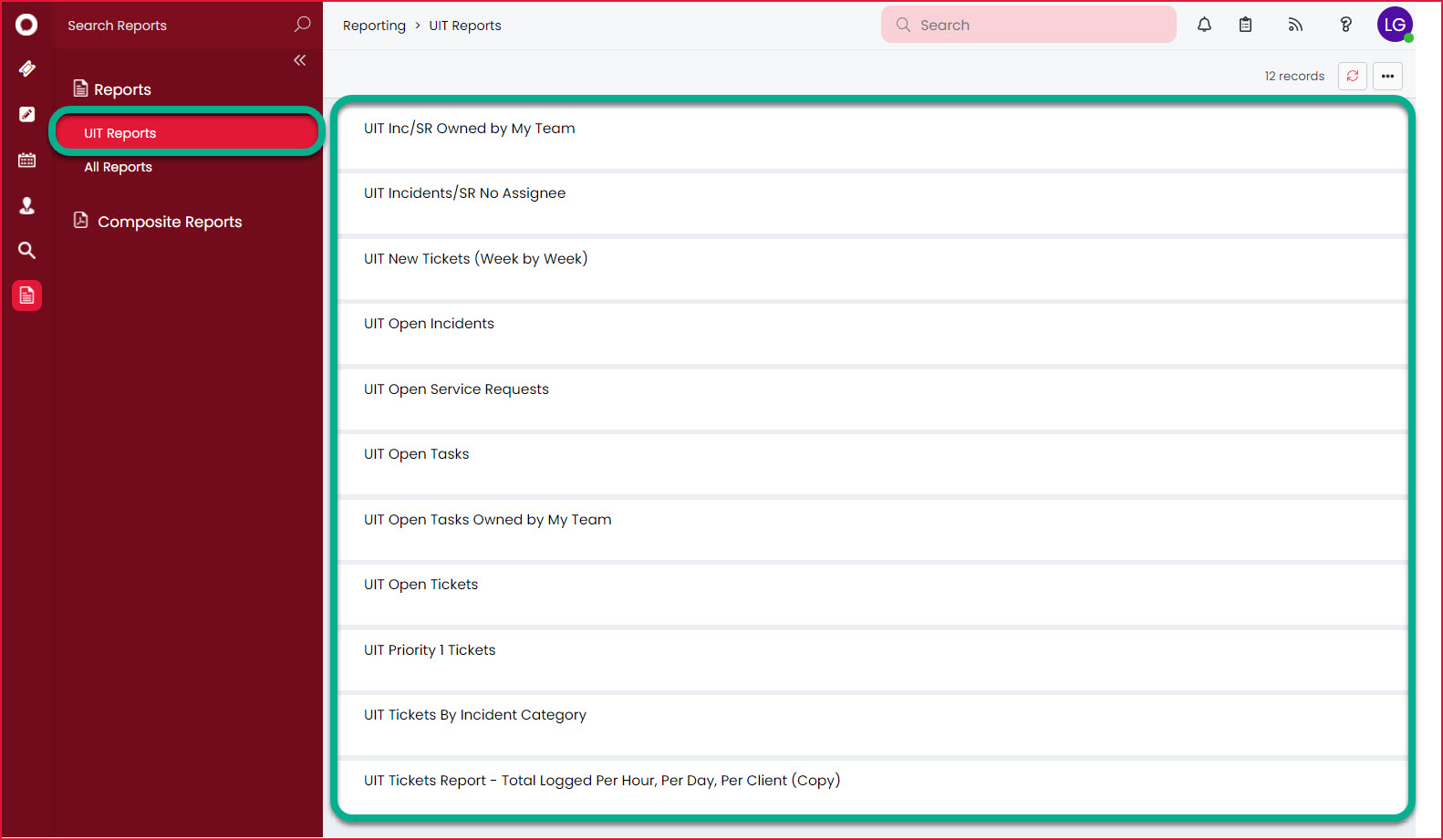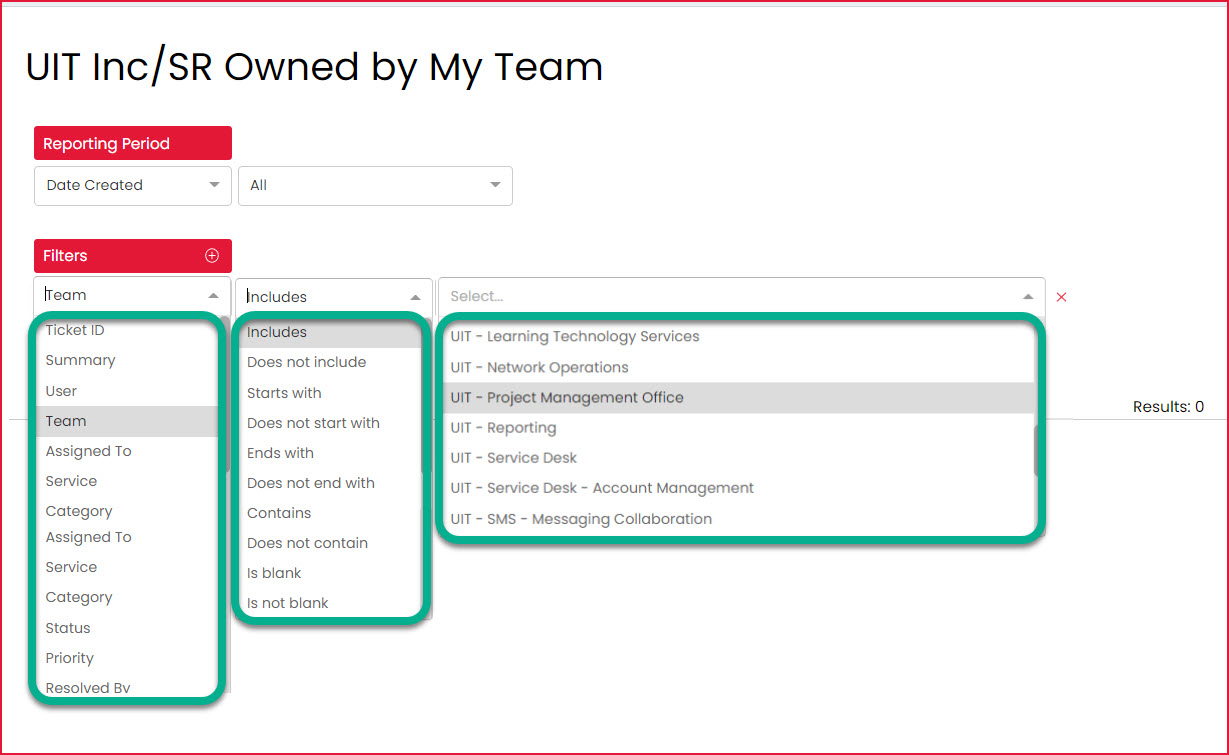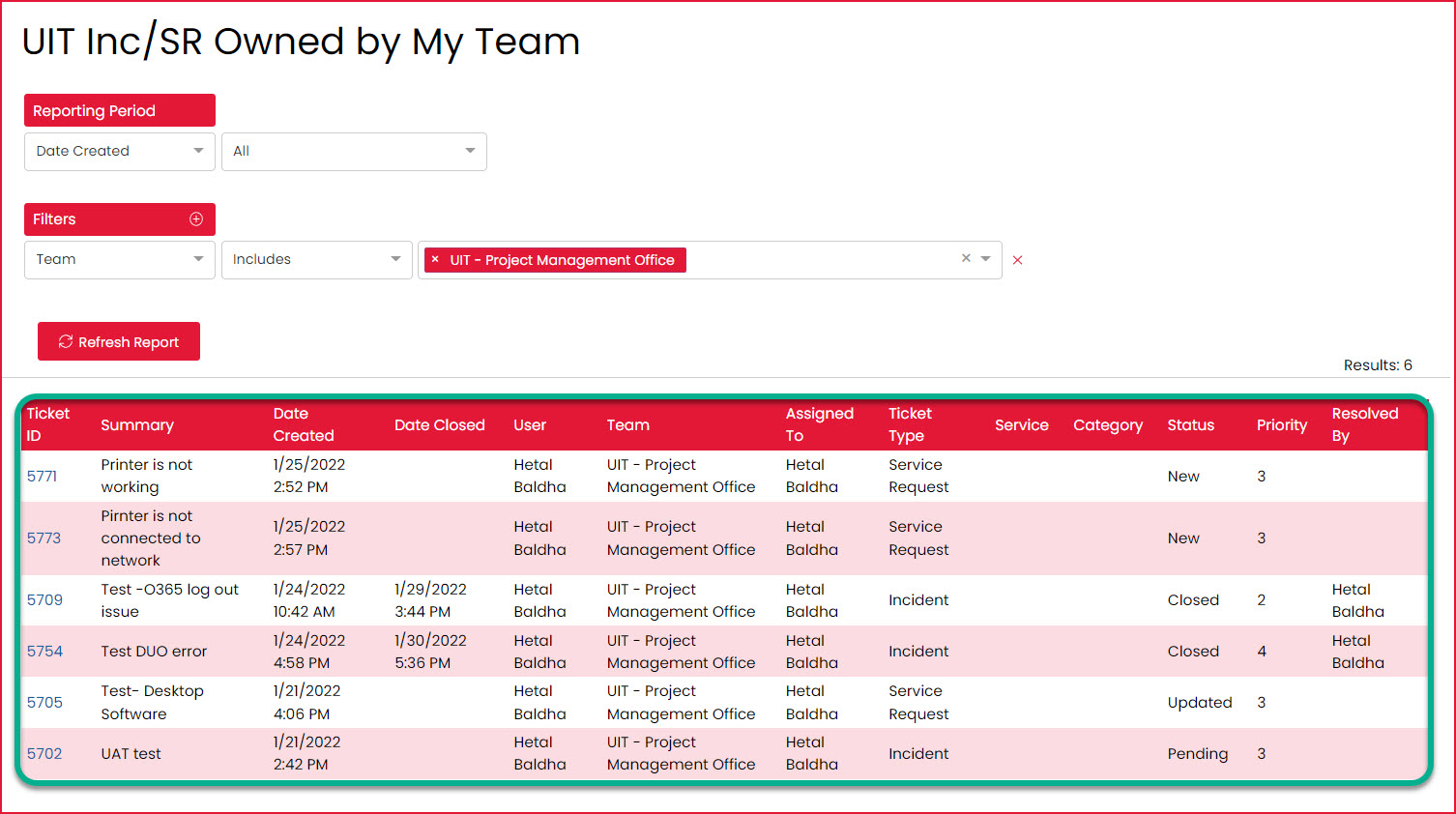Our last few articles covered Halo’s updated look and feel and how it handles ticket classifications and searching. This week, we cover something that combines all those aspects: reporting. We are excited to share how reporting works in Halo and how you can get the most out of it.
With only a few clicks, you can access your reporting library and run or modify pre-built reports that are customized for your team.

That means that you and your team will get instant reports to check on the tickets that are assigned to your group. Let's take a closer look at what a Halo report provides.

The first thing you’ll notice is how many filters you can use to modify your report. Dynamically combining these filters ensures your report displays exactly what you need.
You can select date ranges and ticket number ranges. You can see what teams have tickets assigned to them and get a detailed overview of what those tickets are.

Halo reports are a great way to see exactly what’s going on in your area—applying meaningful filtering to already powerful pre-built reports means easy access to all our data. It means we can be more informed and deliberate and have more productive conversations about our work.
